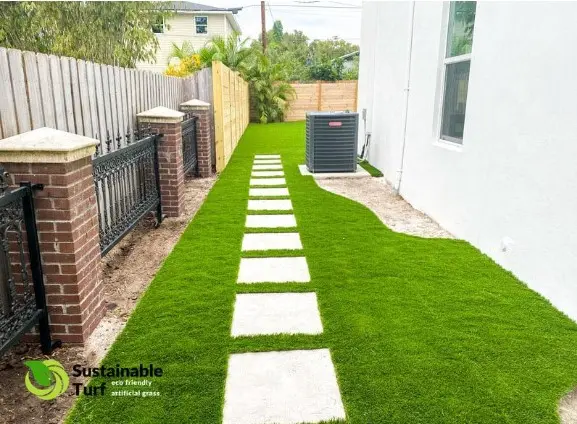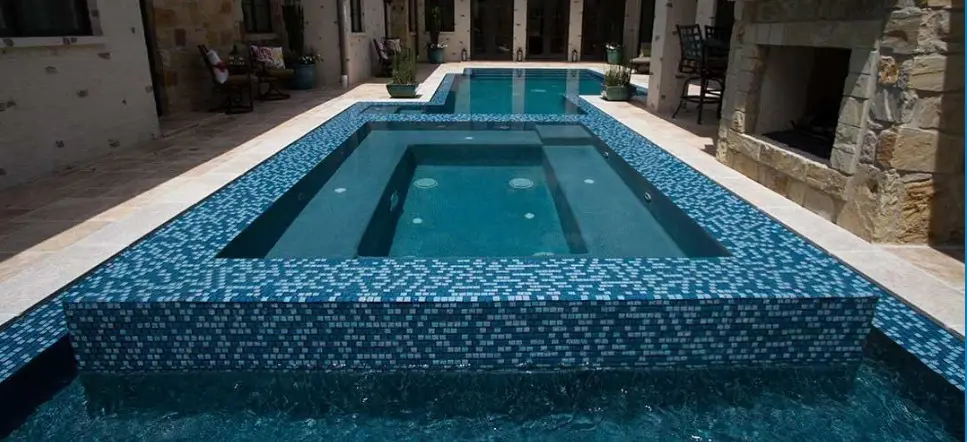You might be considering changing to synthetic grass. Synthetic turf is an excellent option if you wish a green, low-maintenance grass all year long. Knowing what to expect during the installation can help you feel ready and enable the procedure to go smoothly and free of worry.
Step 1: Site Evaluation and Planning
Site evaluation comes first in any synthetic grass installation. Your garden will be inspected by a professional team looking at layout, drainage, and soil quality. They will search for slopes or uneven areas and gauge them. They may also guide you towards the ideal kind of grass for your playground, pet area, or garden.
Step 2: Preparing the Ground
The region then is free of roots, grass, and weeds. Building a firm basis depends on this stage. To dig roughly 3 to 4 inches deep, contractors sometimes employ heavy machinery. They then compact the ground and top it with a thin layer of crushed or decomposing granite. Over time, this maintains the grass in place and aids with drainage.
Step 3: Installing Base Material
After that, a layer of crushed rock is added as the base. This layer supports the turf and helps with water runoff. The rock is spread out and packed down with a plate compactor to make the surface smooth. A well-installed base can help your turf last longer.
Step 4: Rolling Out the Turf
Now comes the fun part—laying out the synthetic turf. The grass is carefully rolled out over the base. Installers make sure all the blades face the same direction so the lawn looks natural. If there are several pieces, they are glued together with strong adhesive tape.
Step 5: Trimming and Securing
Next, the crew trims the turf to fit the space perfectly. They use landscape nails or staples to hold the turf down along the seams and edges. This keeps the turf in place, even with lots of foot traffic.
Step 6: Infill Application
Most synthetic turf needs infill. Infill can be made of sand, rubber, or a mix of both. It’s spread over the turf with a power brush and worked into the fibers. The substance helps cushion the turf and keeps it from moving.
Step 7: Final Inspection and Grooming
The turf is brushed to make the fibers stand up and look natural. The team checks for any wrinkles, uneven spots, or loose edges. If everything looks good, your new lawn is ready to use.
What to Do After Installation
Synthetic turf is easy to take care of but not totally maintenance-free. You should rinse off dust and debris occasionally. If you have pets, clean the area often to keep it hygienic. Brushing the turf every now and then also helps keep it looking nice.
Conclusion
Professionals’ installation of synthetic grass makes setup simple. From design to the last brushstroke, every action contributes to building a robust, long-lasting lawn. You may now be sure that switching to a lovely, low-maintenance garden will pay off.
This post was written by a professional at Sustainable Turf. Looking for the best residential artificial turf Clearwater? At Sustainable Turf, we believe in offering sustainable, eco-friendly solutions that benefit both homeowners and the environment. Our artificial grass for playgrounds, homes, and more are designed to provide you with a beautiful, low-maintenance lawn that requires minimal resources to thrive. By choosing our artificial turf, you’ll enjoy a wide range of benefits for years to come. Contact us now for estimate for your sports turf field, residential turf, golf putting turf, and more!



